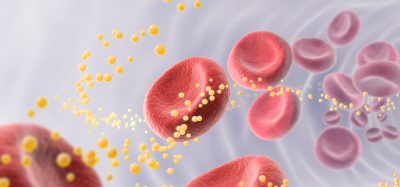Application note: Measure cancer cell viability using a homogeneous, stable luminescence assay
Posted: 29 November 2019 | Molecular Devices | No comments yet
Learn how to screen for cell viability with the CellTiter-Glo assay on the SpectraMax® iD5 Multi-Mode Microplate Reader.
Luminescent cell viability assays use the firefly luciferase reaction as a way to determine the relative numbers of living cells under different treatments or experimental conditions. Metabolically active cells produce ATP, which is required by the luciferase reaction. When ATP is the limiting component in the reaction, the amount of light produced is proportional to, and serves as the readout for, the number of viable cells.
In this application note, scientists from Molecular Devices validated the performance of Promega’s CellTiter-Glo 2.0 Cell Viability Assay on the SpectraMax® iD5 Multi-Mode Microplate Reader. Both ATP and viable cells were used to generate standard curves demonstrating the sensitivity and linearity of the assay.
- Highly sensitive luminescence detection down to 20 cells per well
- Easy correlation of cell number and ATP content
- Convenient single-reagent workflow
Related content from this organisation
- Building reliable organoid models for human-relevant drug discovery
- Plasmids: Tackling Supply Chain and Manufacturing Challenges
- Machine Learning and AI in Enhancing Image Analysis of 3D Samples
- Transform your drug discovery pipeline with 3D cellular models
- Translating Promising Drug Candidates from Preclinical Screening to Clinical Trials
Related organisations
Molecular Devices









